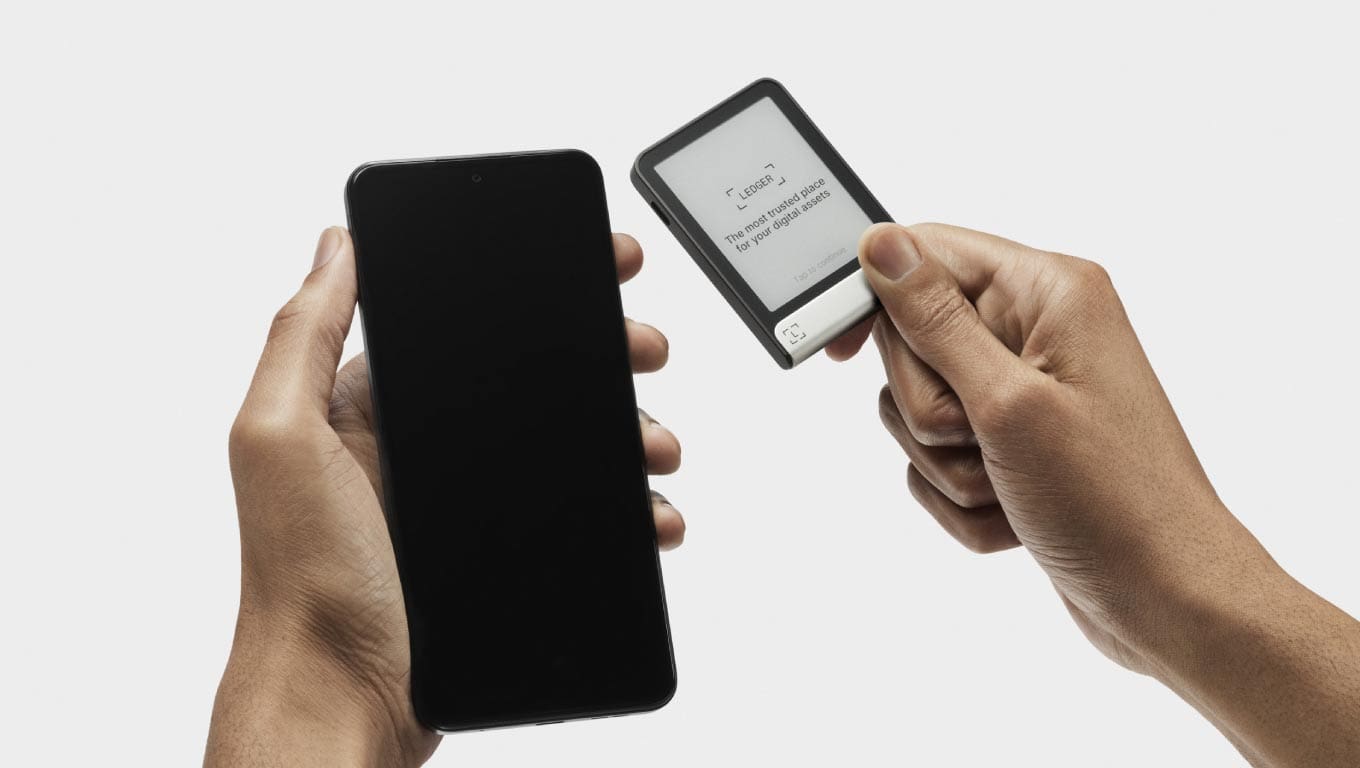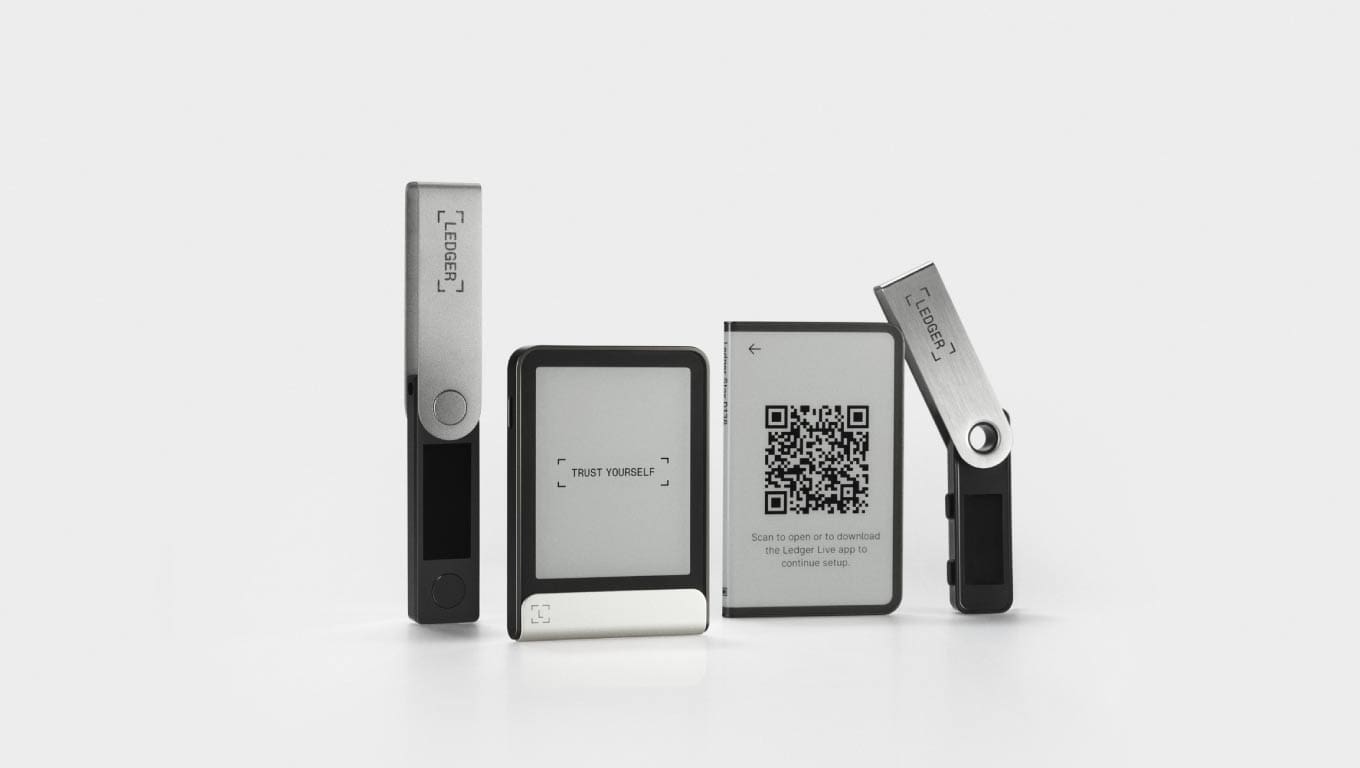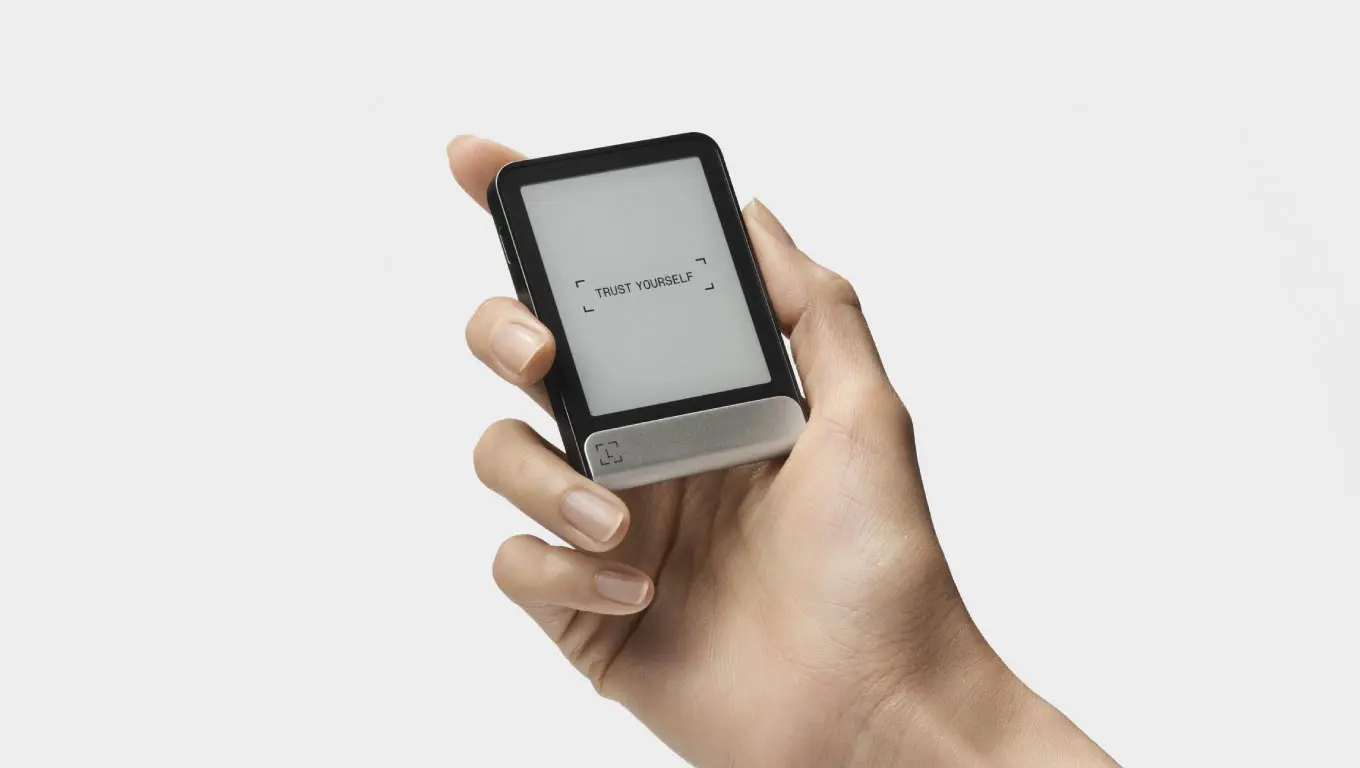Introduction to Ledger
Ledger is a brand that needs no introduction, a leader in the hardware wallet industry along with Trezor.
The hardware wallet allows you to add a physical layer of protection for your cryptocurrencies, thus helping to increase their security. For small amounts it is not essential (given also the cost), but as it goes up it becomes an essential element.
Ledger has built a name for itself in the industry, while also going through some difficult times. Today the brand is launching Ledger Flex, a new high-end model to take the place of Ledger Nano X. However, the latter will still be part of the company’s offerings.
Let’s find out what the features of this new device are, how to use it, and how much it costs.
You can buy your device directly on the Ledger store.
Index
Features of Ledger Flex
Ledger Flex is the new hardware wallet from the well-known manufacturer, which as we said is at the high end among the various proposals.
It is a device that is pleasing to the eye and rather light (weighs 57.5 grams). The frame is made of aluminum, while the rest of the body is made of plastic material. Its main feature is the 2.84″ grayscale, touch and e-ink screen; to be clear, it is very similar to the display of a Kindle or other e-book readers.
The connections compartment is good, with USB Type-C, Bluetooth and, for those who want to use it, NFC technology.
Ledger Flex supports a variety of blockchains, coins and tokens and is therefore suitable for almost any investor. There is also the ability to display one’s NFT on various chains, including Ethereum and Polygon.
The battery provides about 10 hours of normal use or up to 150 transactions (manufacturer’s stated data), which is amply sufficient for average operation.
Configuring Ledger Flex
Device configuration is done through Ledger Live, which is the dedicated application available in both mobile and desktop versions.
The first step is to install the app on a smartphone or computer. After that we will have to follow the instructions that the app itself will provide us with: just click on the My Ledger item available in the menu and search for the device via Bluetooth, or connect it via cable. When we display it we will have to click on the Set up my Ledger Flex button to start the configuration procedure.
The next step is to check the authenticity of the device. It is done automatically and we will not have to take any action except to authorize the connection to Ledger Live directly from the device (a message to confirm will appear). During this phase, if any, any updates will also be installed.
Having arrived at this point, the real configuration will begin, which is developed in several steps. It will in fact be necessary to:
- assign a name to our Ledger Flex;
- indicate a 4- to 8-digit PIN that will be used to unlock the device. Let’s not underestimate the importance of this code: if someone were to get hold of the device and know the PIN, funds would be at risk;
- choose whether to set up a new Ledger or restore an existing one;
- In the first case, a new seed phrase will be generated that we will have to write on a physical device, not a digital one. Remember that this set of words is the gateway to the funds: anyone who has it, even without Ledger, can seize the capital;
- Instead, in the second case we will have to enter the seed phrase of the existing wallet.
At this point Ledger Flex will be configured, but not yet ready to use: it will be necessary to install the apps of the networks we are interested in… let’s find out how!

Using Ledger Flex
Installing apps on Ledger Flex is really very simple.
From the Ledger Live menu, let’s select My Ledger this time as well. We will then get to choose apps related to the blockchains we use, including Solana, Bitcoin, Ripple, and many more.
The memory of Ledger Flex is 1.7 MB. Calculating about 100 kilobytes per app, considering that not all the memory is available, there will then fit 10/12. This number might be more than enough for many people; however, we would like to point out that Nano X has more space available than this new device.
How to receive crypto on Ledger Flex
After installing the application we are interested in, from Live let’s look for it in Accounts and click on the Add account button. This quick procedure will generate a new address that we can share and/or use to receive the cryptocurrency we intend to send to the device. The QR Code is also shown on the device, which is a very convenient feature.
How to send crypto from Ledger Flex
This operation is in truth similar to what we have just seen. From Live, we look for the application in Accounts, this time, however, choosing the item related to sending funds. We will then have to enter the amount and address of the recipient, then closing the procedure with the confirmation to be provided directly from the Ledger Flex device.
"Using Ledger Flex is simple and intuitive"
Flex vs. Ledger Nano: what's different?
There are differences between Ledger Flex and Nano X, but not as many as one might think.
Shape, size, and screen are what most distinguishes the two devices. Flex has a true touch screen, while Nano X has the classic single-color mini-display. The former is larger in size, while the latter is similar to a USB flash drive.
As far as connectivity is concerned, everything is identical except for NFC support. So too are all other basic features the same, apart from the Nano X’s larger storage capacity.
What certainly changes is the price: €149 for the Nano X, €249 for Ledger Flex.
Then there would also be the brand’s other two devices, namely Stax and Nano S Plus. The former still ships in batches, costs €399 and features a 3.7″ e-ink screen. The latter, on the other hand, is the cheapest and is a good choice for many cryptocurrency holders (it does not have Bluetooth, however).

Final considerations
As we wrote in the previous paragraph, at the time of writing Ledger Flex costs 249 €, exactly 100 more than the old top of the line, the Nano X; is it worth spending this considerable sum?
Ledger Flex looks good, the materials are good, and the e-ink screen is a notable strength, making it clearer and more pleasant to use. However, let’s say there are no particular new features compared to the Nano X, with the exception of NFC connectivity.
If you are someone who likes design and wants an attractive device with a larger screen and touch, you might opt for the Flex model. If, on the other hand, you are looking for a hardware wallet to store your cryptocurrencies, but don’t care about looks or the touch screen, the Nano X is the right choice. Or, forgoing something, you could even choose Ledger Nano S Plus, which is even more attractively priced.
You can purchase your device directly on the Ledger store.

